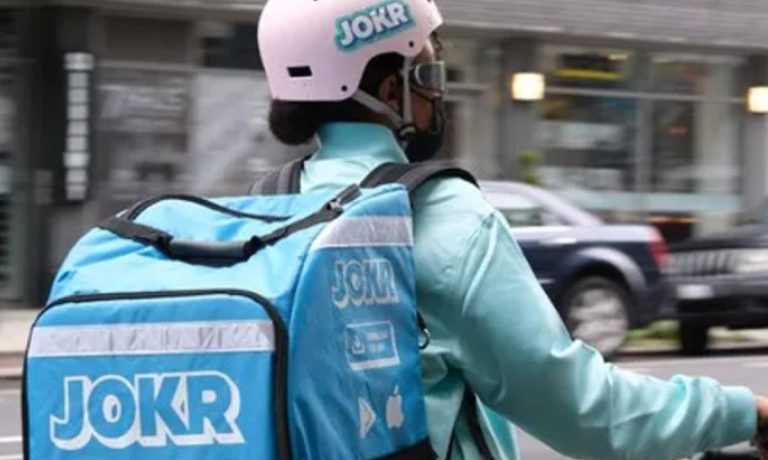
Over the past couple of years, many experts have been predicting that the ultrafast grocery delivery bubble, which has only recently begun to take shape, would burst, but likely few guessed that the bursting would start quite so soon.
On Monday (Jan. 31), a day after The Wall Street Journal (WSJ) reported that these on-demand delivery services’ losses can amount to as much as $20 per order on average, The Information reported that Jokr, an ultrafast grocery delivery startup operating in three continents, is looking to sell its New York business. The publication cited three unnamed inside sources, stating that the company has been speaking to competitors, including Gopuff, Getir and FastAF in the hopes of finding a potential buyer.
Read more: Ultrafast Grocers’ Losses Mount in the Face of an Uncertain Future
See also: Delivery Startup Jokr Reportedly Looking to Drop NYC Biz
Online grocery has caught on in international markets, but it seems that, in the United States, not as many people want to manage their lives one dinner at a time as do consumers in the company’s European markets.
The report comes just a couple months after the company’s U.S. co-founder, Tyler Trerotola, contended in an interview with PYMNTS’ Karen Webster that the market is so underpenetrated, there is more than enough room for all the players.
“[Online grocery] is maybe around the 10-ish percent [of the grocery market], and probably in the next three to five years, that will double or even triple, which gives a huge opportunity to many players,” he said. “Now, it will be a bit of a race as to who can capture that demand.”
Read more: Ultrafast Grocery Delivery Service Jokr Leverages NYC Lessons to Drive Boston Expansion
Looks like it may be a fairly short race. In an earlier interview with Webster back in July, Jokr U.S. Co-Founder and U.S. Managing Director Zach Dennett explained how the business model is supposed to work, with small-volume first orders giving way to larger repeat orders.
See more: Jokr’s 15-Minute Grocery Delivery out to Change Consumer Shopping Habits
“If you exclude the first order, it’s probably about in the order of neighborhood of about 10 units per basket [on average],” he said. “We certainly have plenty of small baskets where someone was cooking beef and broccoli, and forgot the broccoli, and we just deliver them the head of broccoli. And that’s fine because we’re building a loyal customer, and the economics work out such that we’re able to aggregate that together.”
Given the intention to sell the company’s New York business, it appears that either not enough people are ordering last-minute broccoli, or people are doing so without then integrating the ultrafast grocery into their lives for larger-volume orders.
The U.S. eGrocery market is underpenetrated relative to comparable ones internationally, as is revealed by data from “What U.K. Consumers Expect From Their Grocery Shopping Experiences,” a PYMNTS and ACI Worldwide collaboration, which surveyed more than 2,500 United Kingdom adults about their online grocery habits. The study found that the share of consumers buying groceries online in the U.S. is less than half what it is in the U.K. and that U.K. consumers are more than five times as likely to buy online and have the products delivered to their house.
Read more: 52% of UK Consumers Shop for Groceries Online More Than They Did in 2020